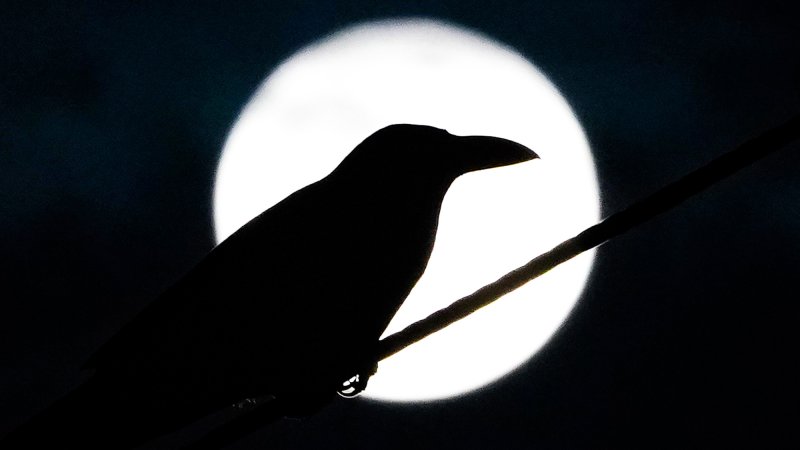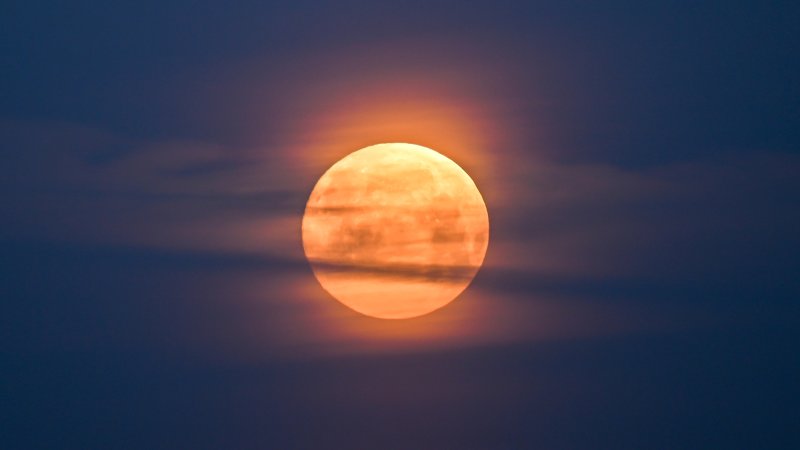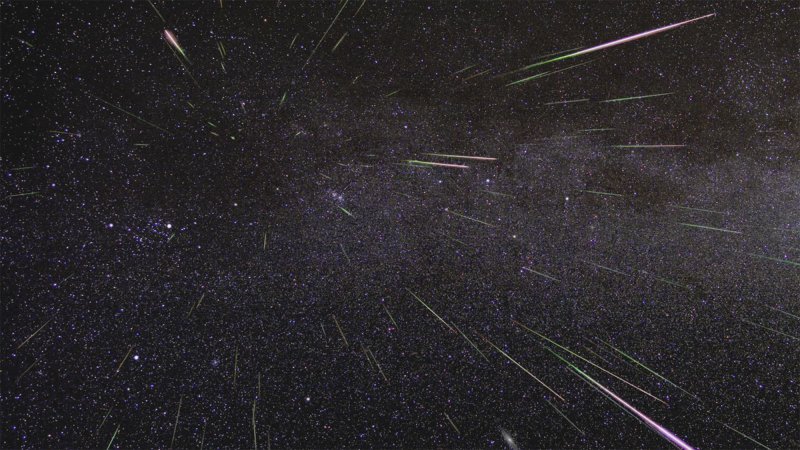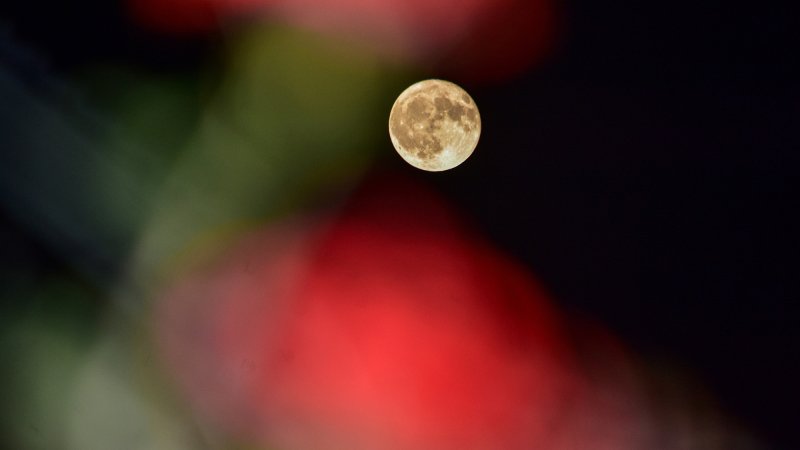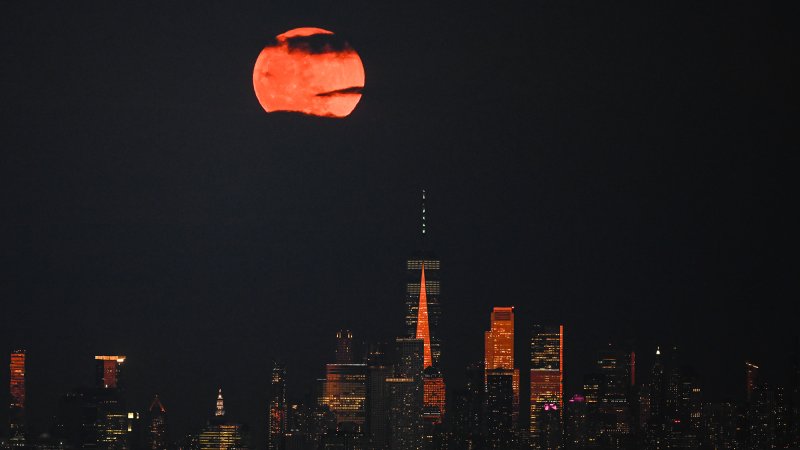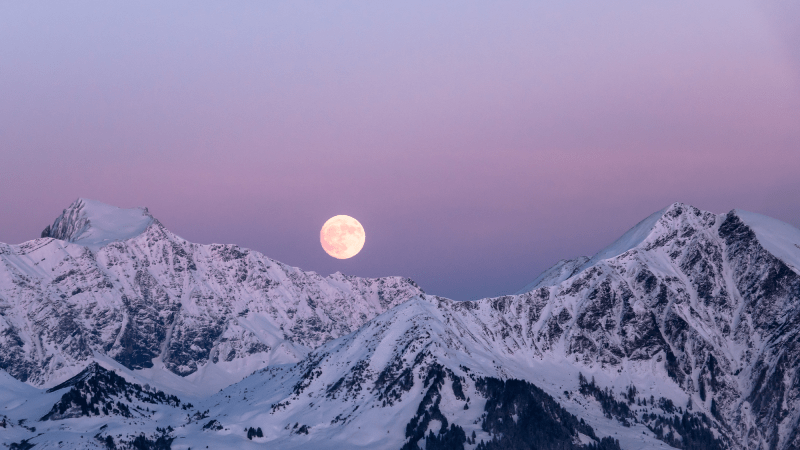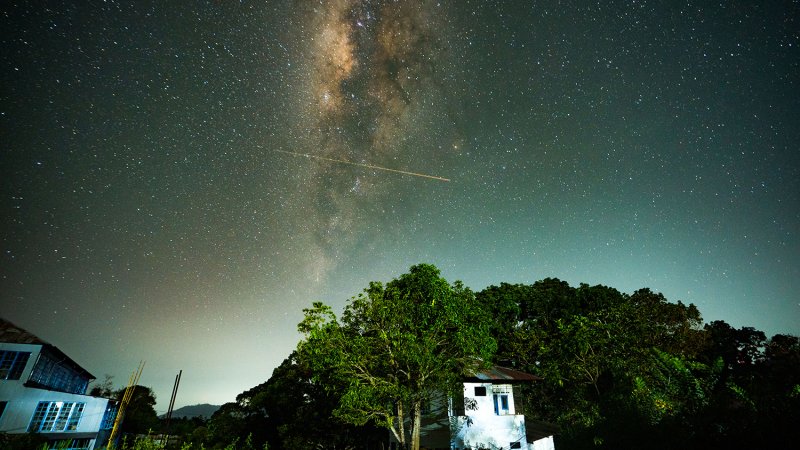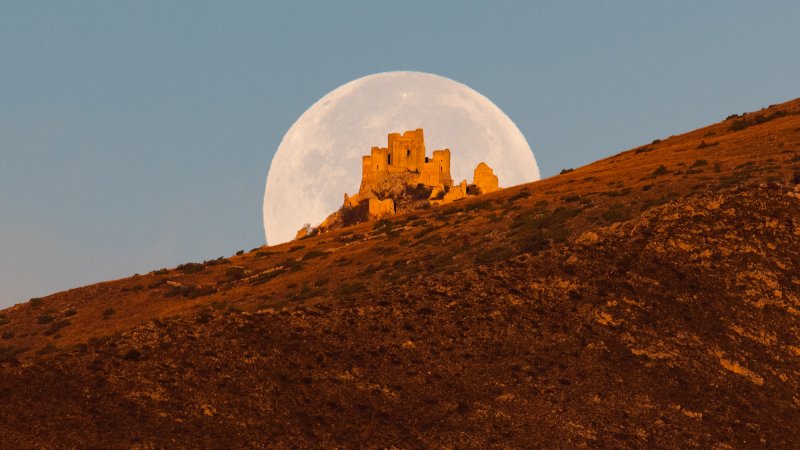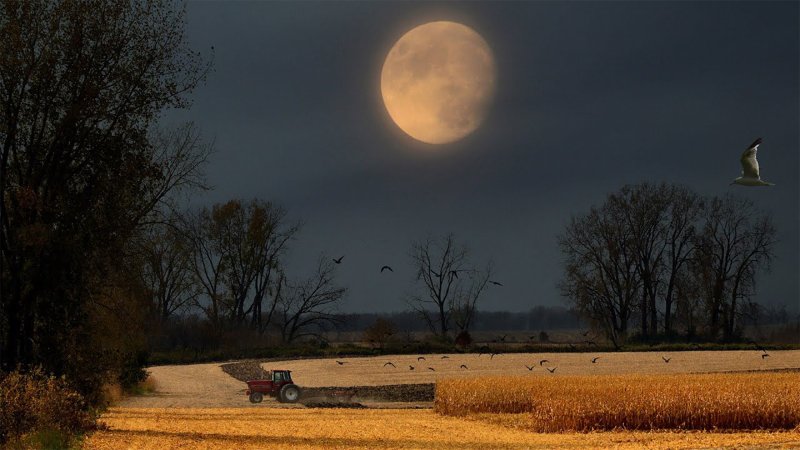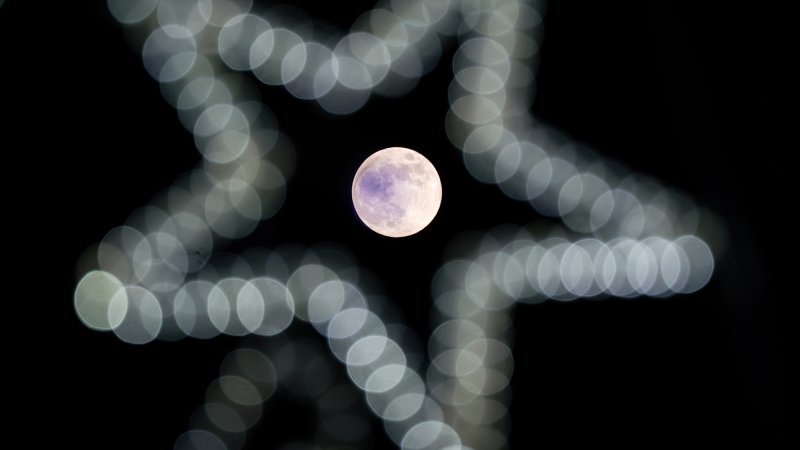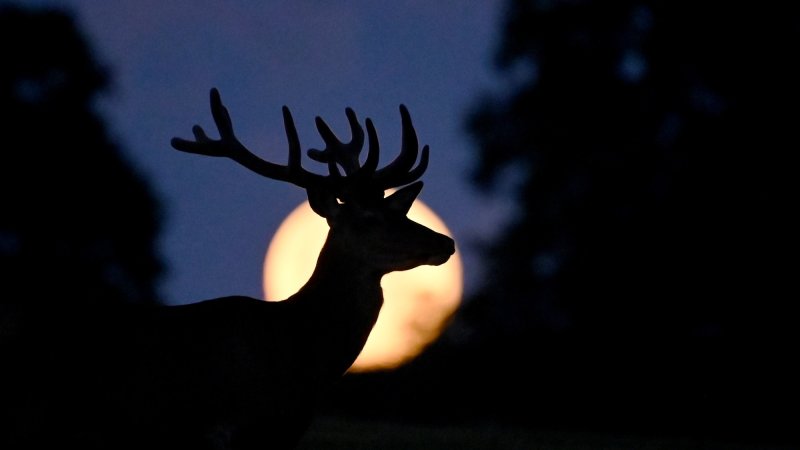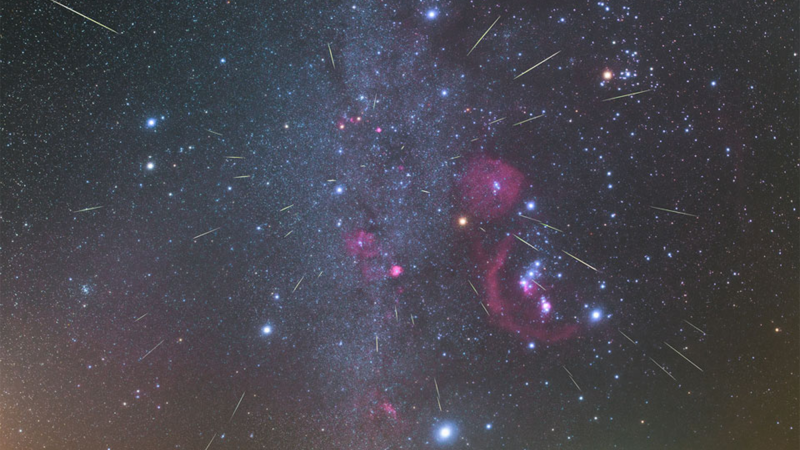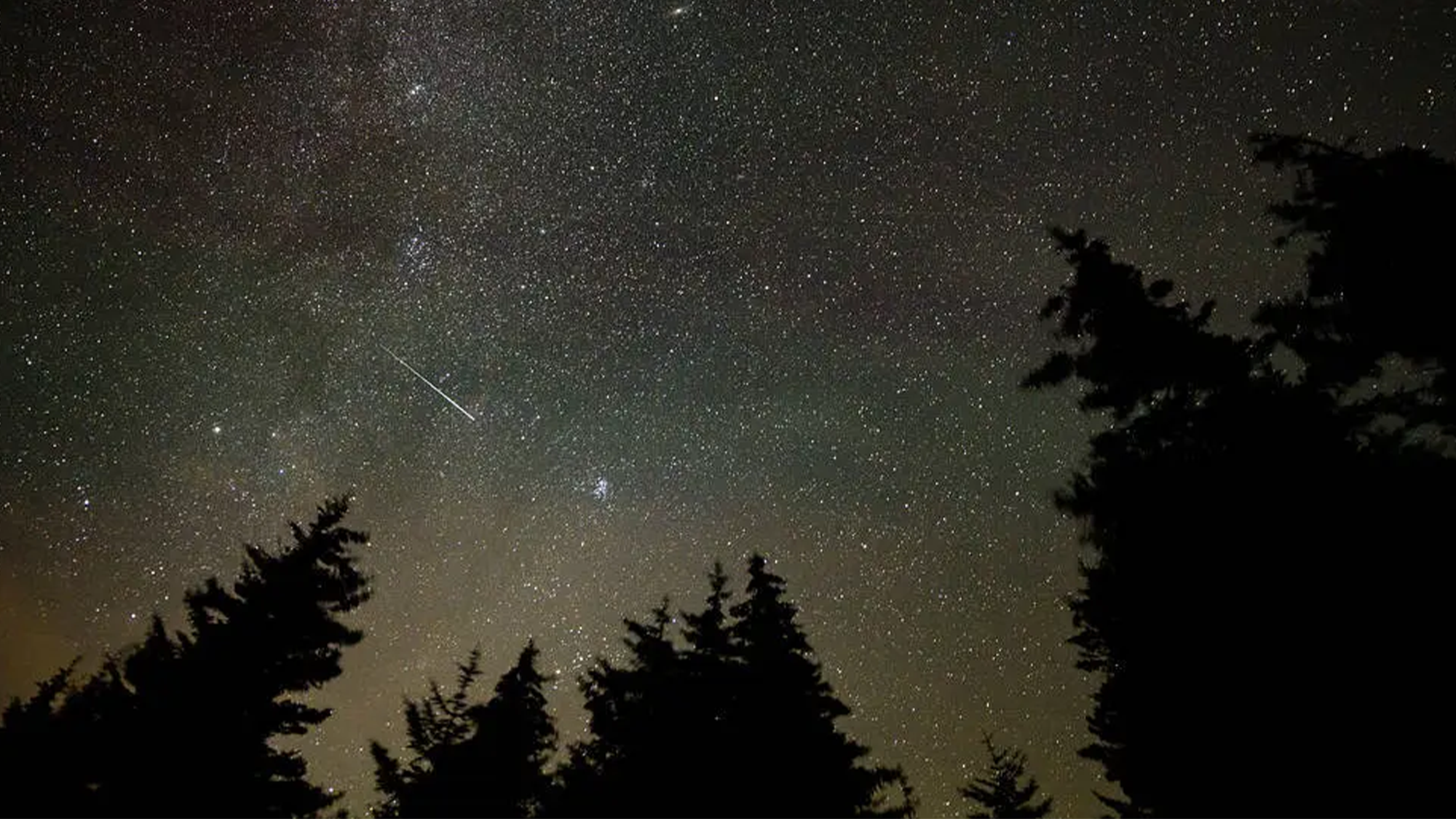

| August 12 and 13 | Perseids Meteor Shower Predicted Peak |
| August 14 | Conjunction of Mars and Jupiter |
| August 19 | Full Sturgeon Supermoon |
| August 28 through October | Start to keep on eye on C/2023 A3 (Tsuchinshan-ATLAS) |
The lazy, hazy days of summer are getting ready to wind down here in the Northern Hemisphere, but summer’s skies are not quitting just yet. We have an exciting meteor shower and 2024’s first supermoon to get stoked for as the last full month of summer arrives.
August 12 and 13 – Perseids Meteor Shower Predicted Peak
This annual summer shower is predicted to peak on August 12, so the mornings of the 11, 12, and 13 are your best bet for catching this celestial event. Since the moon will be a 1st quarter moon, the best time to watch for the Perseids will likely be around midnight until dawn. According to EarthSky, this shower rises to a peak gradually and then rapidly falls off. Perseid meteors also tend to increase in numbers as in the wee hours of the morning, so it is often best viewed just before dawn.
[Related: Want to catch the 2024 Perseid meteor shower? Here’s your best shot.]
Perseid meteors are also very colorful and can leave persistent trains. According to NASA, skygazers can expect to see up to 100 meteors per hour during the Perseids’ peak.
August 14 – Conjunction of Mars and Jupiter
The Red Planet and its neighbor Jupiter will pass within 0.31 degrees of each other in the predawn sky on August 14. While they will look pretty close from our vantage point here on Earth, Jupiter and Mars will actually be more than 300 million miles apart.
With just your eyes, Jupiter’s bright white light will contrast with the more red shine of Mars. Spotting Jupiter’s moons with binoculars could enhance the view, as would a telescope. Jupiter will rise at about 2:30 a.m. EDT in the east-northeast sky.
August 19 – Full Super Sturgeon Moon
August’s full moon will reach its peak illumination in the afternoon at 2:26 p.m. EDT. When the sun goes down that evening, look towards the southeast to watch the Sturgeon Moon rise. It is also the first supermoon of the year. This means it will appear both bigger and brighter than other full moons we have seen this year.
According to the Farmer’s Almanac, the name Sturgeon Moon comes from giant lake sturgeon found in Great Lakes and Lake Champlain. This giant freshwater fish was readily caught during this part of summer. These fish date back about 136 million years and are considered “living fossils” by some scientists.
[Related: How to photograph the moon like a pro.]
Additional names for August’s full moon include the Blackberry Moon or Odatagaagomini giizis in Anishinaabemowin (Ojibwe), the End of Fruit Month or galoni in Cherokee, and the New or Fresh Corn Moon or On^tase in Oneida.
August 28 through October – Start to keep an eye on Comet C/2023 A3
Comet C/2023 A3 (Tsuchinshan-ATLAS) will be 30 days out from its closest point to the sun–or perihelion–on August 28. Into the fall, it could be bright enough to see with the naked eye. However, some scientists think that this comet first discovered in 2023 might be disintegrating.
The comet is located in the constellation Leo and initial data suggests the comet completes an orbit every 80,000 years. It was first documented by astronomers in China on January 9, 2023. It was then lost and rediscovered a second time 44 days later by a team in South Africa.
Some data has indicated that it could be easy to spot soon, but only time will tell if it will happen. Zdeněk Sekanina, an expert on split and dissolving comets formerly with NASA/JPL, calls predicting this a “very risky undertaking” in a report on the comet from July 9 that says it might fall apart sooner rather than later.
The same skygazing rules that apply to pretty much all skygazing activities are key this month: Go to a dark spot away from the lights of a city or town and let the eyes adjust to the darkness for about a half an hour.

